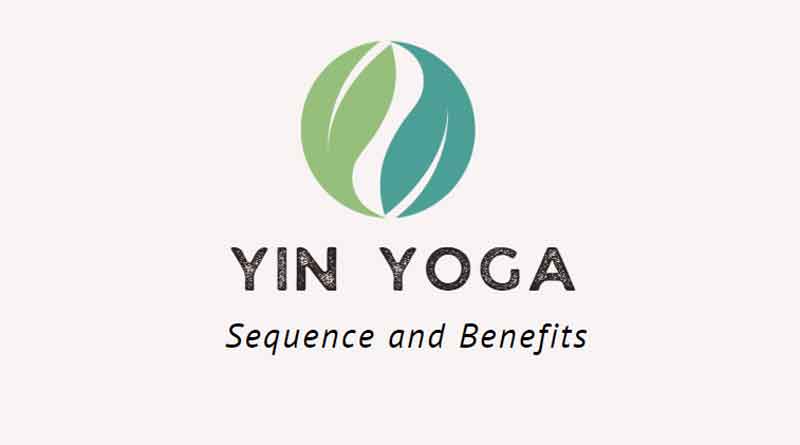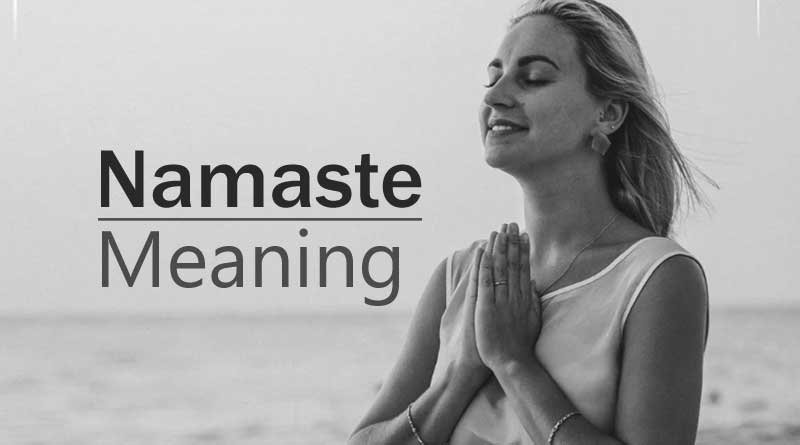Table of Contents
Exploring the Serene World of Yin Yoga
In a fast-paced world, where everyone seems to be in a perpetual rush, finding moments of stillness and deep relaxation becomes crucial for maintaining overall well-being. Yin yoga, a practice that involves holding poses for extended periods, offers a gentle yet profound way to achieve this tranquility. In this blog, we’ll delve into the world of Yin yoga, exploring its essence, key poses, and suggesting a sequence to help you embrace the calm within.
Understanding Yin Yoga
Yin yoga is a meditative practice that targets the connective tissues, such as ligaments, tendons, and fascia, as opposed to the muscles, which are the focus in more active styles of yoga. This practice involves holding postures for an extended duration, typically ranging from 1 to 5 minutes or even longer, allowing the body to relax into the stretch and access deep layers of tissue.
The principle behind Yin yoga lies in finding stillness and surrendering to gravity. It encourages practitioners to let go of muscular engagement and control, aiming to release tension both physically and mentally. Yin yoga promotes self-awareness, mindfulness, and an enhanced capacity to sit with discomfort, ultimately fostering mental clarity and emotional balance.
Health Benefits of Yin Yoga
- Improves Flexibility and Mobility: Yin yoga poses gently stretch and lengthen the connective tissues, tendons, and ligaments. Over time, this can enhance joint mobility and flexibility, allowing for a broader range of motion in the body.
- Stress Reduction and Relaxation: The slow, meditative nature of Yin yoga encourages deep relaxation and stress reduction. Holding poses for extended periods calms the nervous system, reducing stress and anxiety levels.
- Enhances Circulation: Yin yoga encourages the flow of energy (Qi) and blood throughout the body. Poses that compress and release specific areas help flush out stagnant blood and improve circulation.
- Targets Deep Connective Tissues: Unlike more active forms of yoga that focus on muscles, Yin yoga targets the deep connective tissues around the joints and the fascia. This can lead to improved joint health and reduced risk of injury.
- Stimulates Energy Flow: Yin yoga is rooted in Traditional Chinese Medicine, and the practice is designed to stimulate the flow of energy (Qi) through the body’s meridian pathways. By holding poses and applying gentle pressure to specific points, energy blockages can be released.
- Balances the Mind and Emotions: Yin yoga emphasizes mindfulness and introspection. The long holds provide an opportunity to cultivate mental clarity, focus, and a sense of calm, aiding in emotional balance and stability.
- Encourages Mindfulness and Meditation: Yin yoga is often described as a meditative practice. Holding poses for an extended time cultivates mindfulness, allowing practitioners to observe their thoughts and sensations without judgment.
- Stimulates Organs and Regulates Internal Systems: Yin poses compress and stretch various organs, promoting their health and optimal functioning. This can benefit the digestive, circulatory, and immune systems.
- Promotes Better Sleep: Practicing Yin yoga regularly can help improve the quality of sleep. The relaxation and calming effect on the nervous system can prepare the body for a restful night’s sleep.
Yin Yoga Poses
1. Child’s Pose (Balasana): Child’s Pose gently stretches the lower back, hips, thighs, and ankles. It’s a restorative pose that promotes relaxation and a sense of grounding.
2. Dragon Pose: Dragon Pose stretches the hips, thighs, and groin deeply. It helps in releasing stored tension in the hips and enhancing flexibility.
3. Butterfly Pose (Baddha Konasana): This pose opens up the hips and groins and can be especially beneficial for those who sit for extended periods during the day.
4. Sphinx Pose: Sphinx Pose targets the spine, chest, and abdomen, aiding in relieving lower back discomfort and improving posture.
5. Reclining Butterfly Pose: Reclining Butterfly Pose is excellent for opening the hips and groin while also providing a gentle stretch for the lower back.
6. Seated Forward Fold (Paschimottanasana): Seated Forward Fold stretches the entire back of the body, including the spine, hamstrings, and calves, promoting relaxation and flexibility.
7. Saddle Pose: Saddle Pose stretches the thighs, groins, and abdomen, also stimulating the digestive organs and improving posture.
Yin Yoga Sequence
Now, let’s create a simple Yin yoga sequence incorporating the mentioned poses:
Child’s Pose – Hold for 3-5 minutes
- Begin on your hands and knees, with your big toes touching and knees spread apart.
- Sit back on your heels, extending your arms forward and lowering your chest towards the floor.
- Rest your forehead on the mat and breathe deeply into your back, allowing the spine to lengthen.
- Hold for 3-5 minutes, focusing on softening and relaxing into the pose.
Dragon Pose (Right side) – Hold for 3-5 minutes
- Begin in a lunge position with your right foot forward and your left foot extended straight back.
- Lower your hips and pelvis towards the ground, feeling a stretch in your hips and thighs.
- Keep your chest lifted and your spine long, finding a comfortable stretch.
- Hold for 3-5 minutes on each side, allowing the stretch to deepen with each breath.
Dragon Pose (Left side) – Hold for 3-5 minutes
- Repeat the same stretch on the left side.
Butterfly Pose – Hold for 3-5 minutes
- Start by sitting on the mat and bringing the soles of your feet together.
- Allow your knees to drop out to the sides, creating a diamond shape with your legs.
- Gently fold forward from the hips, keeping the spine straight and reaching towards your feet.
- Hold the pose for 3-5 minutes, focusing on deep, relaxed breathing.
Sphinx Pose – Hold for 3-5 minutes
- Lie on your stomach and prop yourself up on your forearms, keeping your elbows under your shoulders.
- Press the tops of your feet and thighs into the mat as you gently lift your chest and head, arching your back.
- Relax your shoulders away from your ears and keep your gaze forward or slightly upward.
- Hold for 3-5 minutes, breathing into the stretch in your lower back and chest.
Reclining Butterfly Pose – Hold for 3-5 minutes
- Lie on your back, bring the soles of your feet together, and allow your knees to fall outward.
Seated Forward Fold – Hold for 3-5 minutes
- Sit on the floor with your legs extended, hinge at the hips, and reach forward towards your feet.
Saddle Pose – Hold for 3-5 minutes
- Start by kneeling on the mat, then sit back between your feet, keeping your knees and feet hip-width apart.
- Slowly lower your upper body backward, supporting yourself with your arms or elbows on the ground.
- Relax into the stretch, feeling a deep opening in the hips, thighs, and lower back.
- Hold for 3-5 minutes, breathing deeply and surrendering to the pose.
Conclusion
Yin yoga offers a serene journey into stillness and self-discovery, allowing for a deeper connection with one’s body and mind. Incorporating these Yin yoga poses into a sequence can provide a profound sense of relaxation and help release tension from both the physical and mental realms. Take time for yourself, embrace the stillness, and let Yin yoga guide you toward a calmer and more centred existence.


